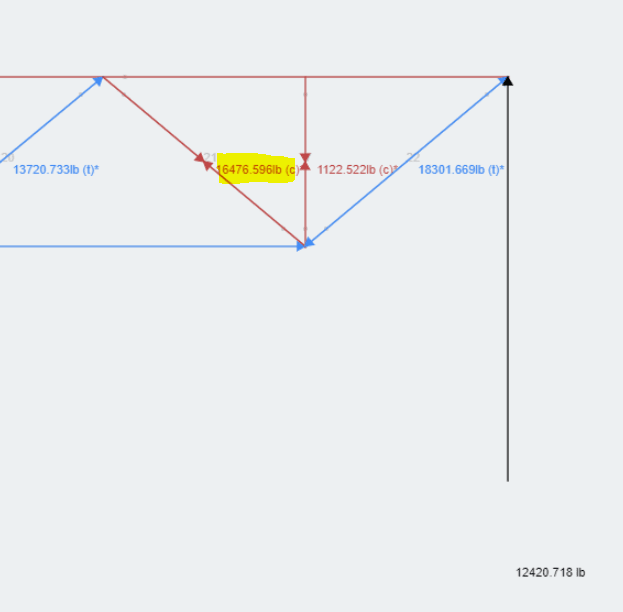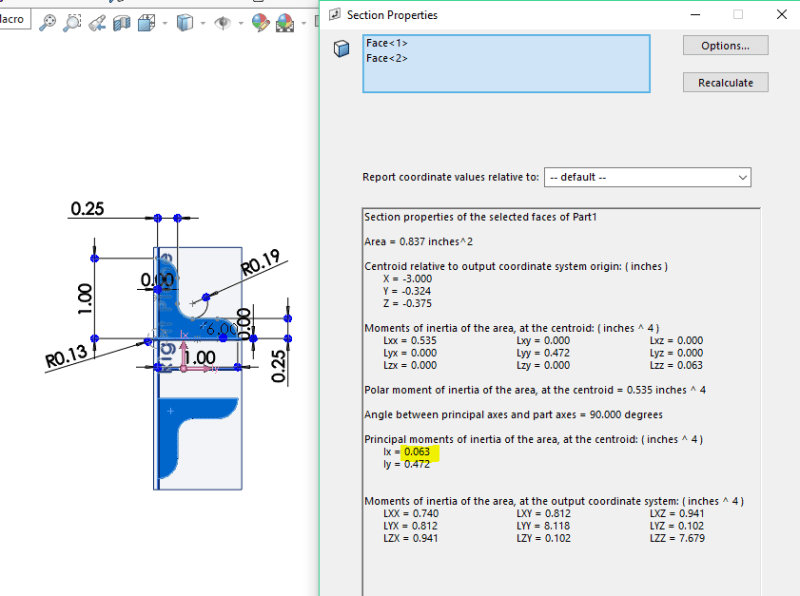Deener
Mechanical
- Aug 30, 2018
- 49
I have been asked to review the capacity of an existing OWSJ. I have been given dimensions and internal member sizes of the joist but no joist designation. Is there a table I can use to look up the joist designation based on the member sizes? i.e 30" deep, 3/4" square bar, 2 x 2 x 3/8" angle. Below is the sketch I received from plant maintenance. Max unfactored point load is around 400 lbs so we're exceeding the 100 lb rule. Joists are on 6' centers. No joist identification tags that I'm aware of.

Thanks in advance

Thanks in advance



